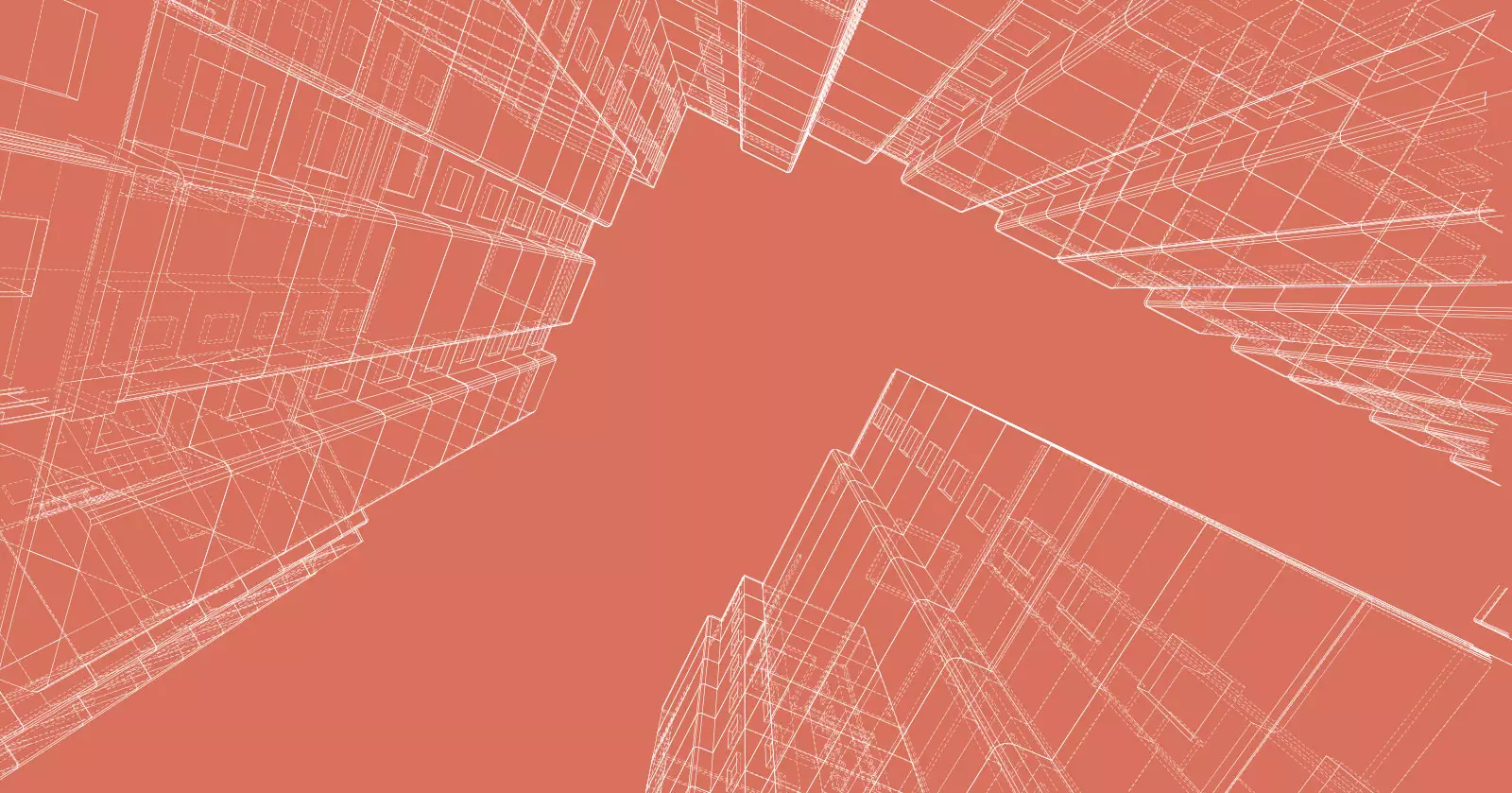Have you ever wondered why Tech stole the word Architect? As I round the corner of 32, I’m also turning a year and a half in my tech career. Since leaving architecture full time, I’ve noticed a significant amount of similarities between the two industries. We both create environments for people to share ideas, experiences and create memories. So while our core difference is between the digital and physical, it’s amazing to see how vital both industries are in our future.
Since joining IngeniousIO, I’ve been immersed in the world of sales and product design. As an architect turned techie, I’ve used my knowledge of how people interact with space and applied it to how people interact with an interface. After reading an article by Jakob Nielsen, titled Powers of 10: Time Scales in UX, I became fascinated with how the human experience can be enhanced through traditional architecture and technology.
As I journey through the world of design in both physical and digital, there are two things I’ve learned that matter most:
Excellence and Simplicity
Nielsen explains how a person perceives their environment. It’s incredible to consider how we react to things from as quickly as 0.1 seconds to a span of over 10 years. To the left of the scale, we focus on almost instantaneous responses. From first sight to the speed of a screen flicker, we can understand the human relationship with technology. As we move right on the time scale, we begin to look at habits that form from our environment and the influences in the world around us.
When we better understand the goal of an environment is to predict user needs, improve their experience, and make their lives easier, people will appreciate the environment more. No, I’m not talking about pure function; I’m also talking about embracing the idea that human experience is about achieving simple results and providing an excellent experience.
Surprise and Delight
In delivering a quality design in technology, our goal is to think in those tiny seconds. Remember the last time you typed on the keyboard, and the words weren’t appearing quickly enough? How about dial-up connections to the internet? I can’t even fathom waiting multiple seconds for an internet connection anymore, but with the immediacy comes a new level of attention to detail. This is where the world of user experience and traditional architecture can cross paths.
When we center our design philosophy around the user experience, we ask questions like: What do I feel when I enter a space? How should a restaurant smell? By asking questions like these, we answer how space should function and what a person is meant to experience as they live within it.
Share in the comments below a project that you think excels at creating an incredible user experience, either digitally or physically. Who knows, maybe there’s something new and exciting that checks out right by you?
Author: Nick Caravella


![[152] Architecture, And: Using Research to tell the Story of Architecture](https://practiceofarchitece2ac4.zapwp.com/q:i/r:0/wp:1/w:1/u:https://i0.wp.com/practiceofarchitecture.com/wp-content/uploads/2024/05/2260982_PD-Episode-152-Architecture-And-Using-Research_1200x675_042924.png)
![[151] Built Environment Futures Council](https://practiceofarchitece2ac4.zapwp.com/q:i/r:0/wp:1/w:1/u:https://i0.wp.com/practiceofarchitecture.com/wp-content/uploads/2024/04/2255065_PD-Episode-151-Built-Environment-Futures-Council_1200x675_041724.png)
![[150] Women Defining AI for Architects](https://practiceofarchitece2ac4.zapwp.com/q:i/r:0/wp:1/w:1/u:https://i0.wp.com/practiceofarchitecture.com/wp-content/uploads/2024/04/2250461_PDEpisode150-Women-Defining-AI-for-Architects_1200x675_041124.png)
![[149] Using Data to Create a Better Employee Experience](https://practiceofarchitece2ac4.zapwp.com/q:i/r:0/wp:1/w:1/u:https://i0.wp.com/practiceofarchitecture.com/wp-content/uploads/2024/04/2249890_PD-Episode-149-Serena-Huang_1200x675_040824.png)
![[148] The Future of Tech within AEC](https://practiceofarchitece2ac4.zapwp.com/q:i/r:0/wp:1/w:1/u:https://i0.wp.com/practiceofarchitecture.com/wp-content/uploads/2024/04/2239270_30-PD-Episode-148_1200x675_040424.jpg)
![[147] The Power of Copywriting for Architects](https://practiceofarchitece2ac4.zapwp.com/q:i/r:0/wp:1/w:1/u:https://i0.wp.com/practiceofarchitecture.com/wp-content/uploads/2024/03/2239267_29-PD-Episode-147_1200x675_032124.png)
![[146] Architecture, And: Design Crises, Past and Future](https://practiceofarchitece2ac4.zapwp.com/q:i/r:0/wp:1/w:1/u:https://i0.wp.com/practiceofarchitecture.com/wp-content/uploads/2024/03/2232805_26b-PD-Episode-146_1200x675_031224.jpg)
![[145] The Psychology of Architecture](https://practiceofarchitece2ac4.zapwp.com/q:i/r:0/wp:1/w:1/u:https://i0.wp.com/practiceofarchitecture.com/wp-content/uploads/2024/03/2229844_25-PD-Episode-145_1200x675_031124.jpg)
![[144] Power of Podcasting in Architecture](https://practiceofarchitece2ac4.zapwp.com/q:i/r:0/wp:1/w:1/u:https://i0.wp.com/practiceofarchitecture.com/wp-content/uploads/2024/03/2227687_22b-PD-Episode-144_1200x627_030424.jpg)
![[143] Architecture And: AI & Head of Digital Marketing](https://practiceofarchitece2ac4.zapwp.com/q:i/r:0/wp:1/w:1/u:https://i0.wp.com/practiceofarchitecture.com/wp-content/uploads/2024/02/2211554_20-PD-Episode-143_1200x627_022124.png)